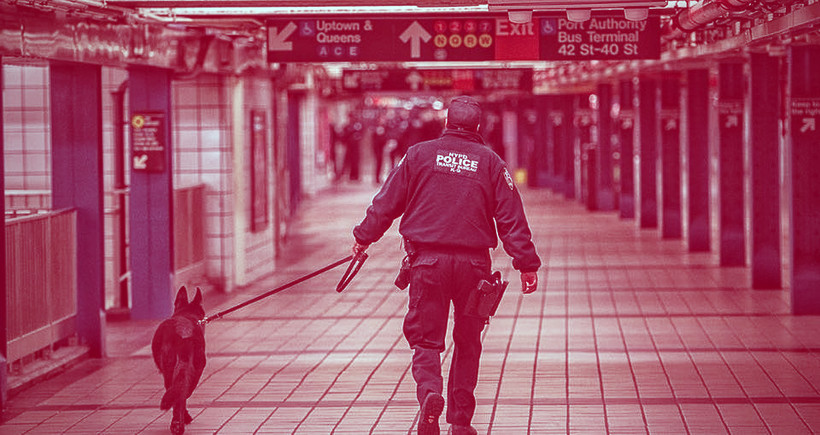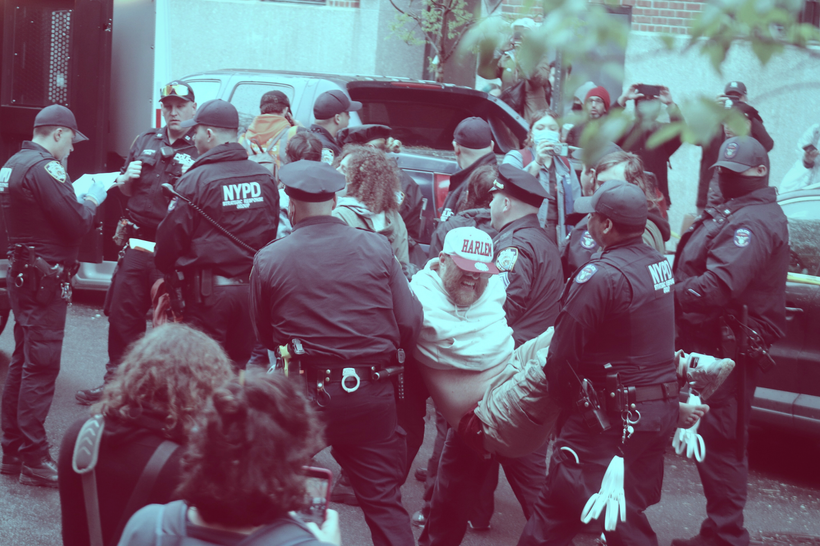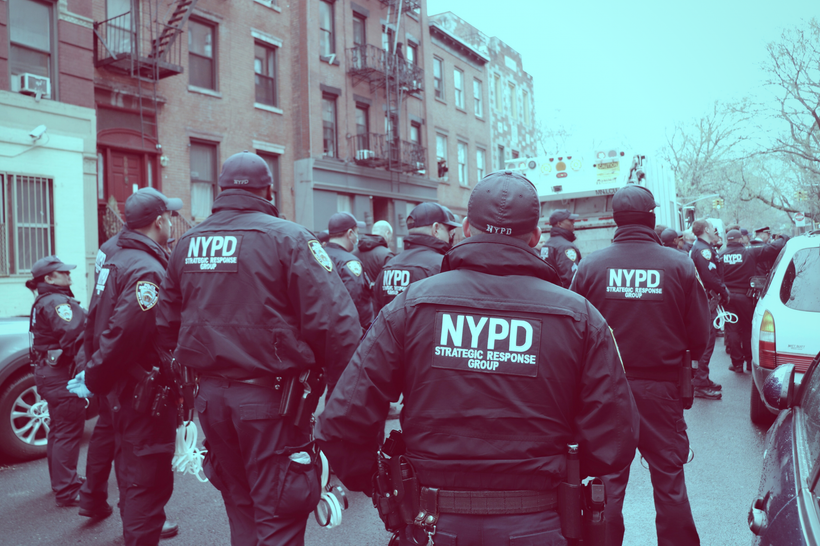Bomb Dogs, ‘Goon Squad,’ Subway Cops: Who’s Making a Killing in NYPD Overtime
Eric Adams pledged to cut police overtime in half. Instead, his initiatives helped it soar to the second-highest level on record.



Eric Adams pledged to cut police overtime in half. Instead, his initiatives helped it soar to the second-highest level on record.



BEFORE YOU GO, consider: If not for the article you just read, would the information in it be public?
Or would it remain hidden — buried within the confines of New York’s sprawling criminal-legal apparatus?
I started working at New York Focus in 2022, not long after the outlet launched. Since that time, our reporters and editors have been vigorously scrutinizing every facet of the Empire State’s criminal justice institutions, investigating power players and the impact of policy on state prisons, county jails, and local police and courts — always with an eye toward what it means for people involved in the system.
That system works hard to make those people invisible, and it shields those at the top from scrutiny. And without rigorous, resource-intensive journalism, it would all operate with significantly more impunity.
Only a handful of journalists do this type of work in New York. In the last decades, the number of local news outlets in the state has nearly halved, making our coverage all the more critical. Our criminal justice reporting has been cited in lawsuits, spurred legislation, and led to the rescission of statewide policies. With your help, we can continue to do this work, and go even deeper: We have endless ideas for more ambitious projects and harder hitting investigations. But we need your help.
As a small, nonprofit outlet, we rely on our readers to support our journalism. If you’re able, please consider supporting us with a one-time or monthly gift. We so appreciate your help.
Here’s to a more just, more transparent New York.


They want to beef up the powerful but little-known State Commission of Correction.
Nantwi’s cellmate, the only incarcerated witness in the room as guards allegedly killed the 22-year-old, speaks out for the first time.
The legislature rejected Hochul’s central public safety policy priorities while embracing proposals to increase prison oversight.
The campaign has created 64 public fundraising web pages for people to raise money on its behalf. But it didn’t disclose any intermediaries.
Roughly 60,000 children will lose vouchers over the next year without more funding.
Thousands of New Yorkers have had their food benefits stolen. Meanwhile, Congress will likely move forward with major cuts to the lifeline program.
Our team will be descending upon Albany on Tuesday. Here’s what they’ll be watching.
New York Focus reporter Sam Mellins reflects on what he learned this year, and teases what lies ahead for 2025.
New York has a little-noticed tool to shift billions of highway dollars to climate-friendly public transit projects. The governor doesn’t seem interested.